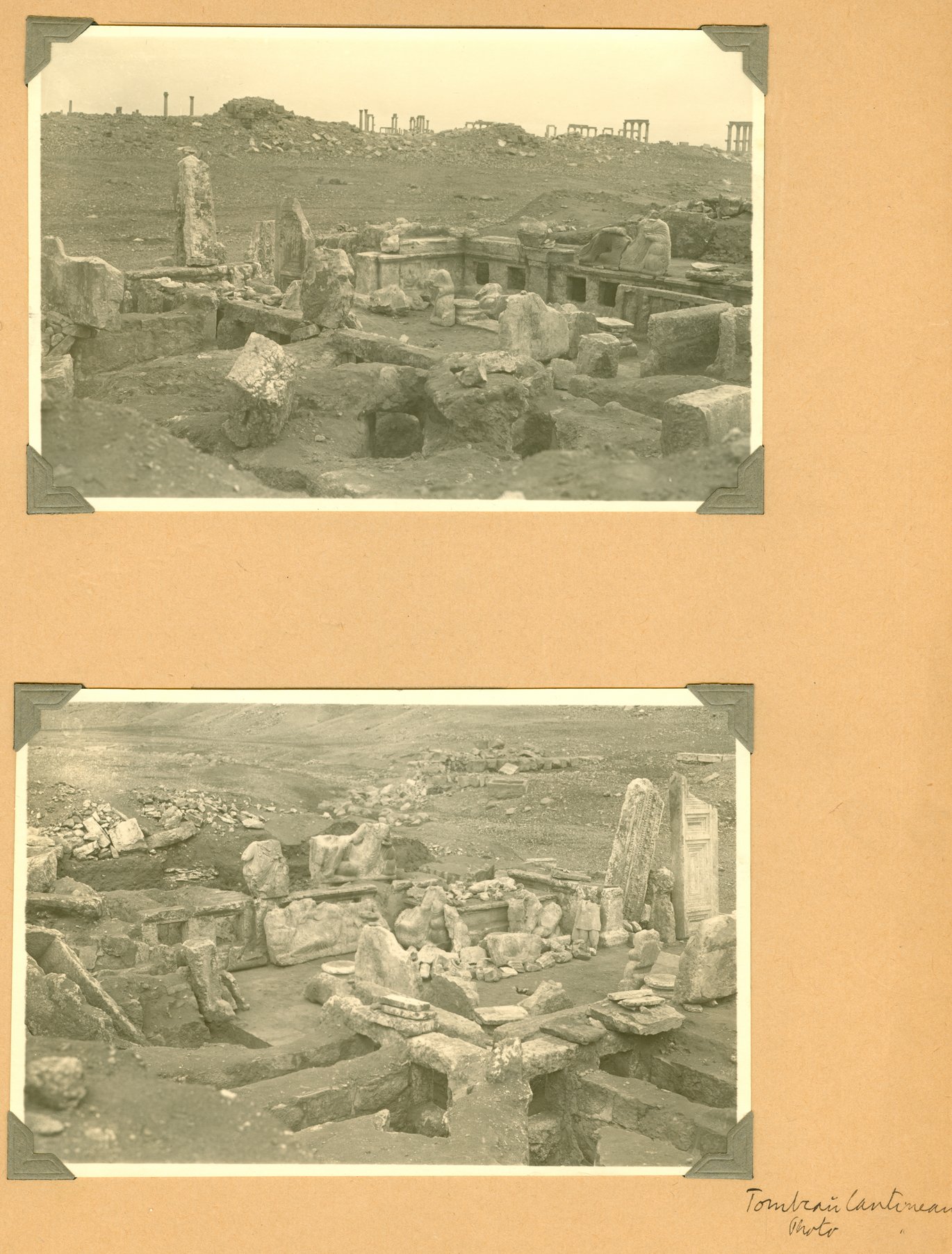Over 300 Ancient Tombs in Palmyra identified
Combining the study of archive materials with extensive data collection from research stretching back to the discovery of Palmyra has allowed numerous tombs to be identified.

Palmyra, a Roman city founded in the Syrian desert, is known for its large and extensive necropolis, which feature both multistorey tower tombs, underground burial complexes, and temple tombs, decorated with distinctive sculpture. Initial research into these necropolis dates back to the late 1800s, which has inspired several previous attempts to document the tombs and the archaeological remains interred within.
The involvement of different research teams with different numbering and naming systems makes identification across the various publications they produced difficult. A first attempt at creating a single catalogue using stable identifiers was made by German researchers in 2010. Most recently, researchers at UrbNet working on ‘Archive Archaeology’ project (Link), have been able to identify and locate several more tombs in the southwest necropolis of Palmyra. The list of Palmyrene tombs drawn up using this data collection presents the most up-to-date record of these unique monuments. From this, a completely new overview of all known Palmyrene tombs has been devised, covering well over 300 unique tombs.
The distinctive funerary architecture is a unique feature of Palmyra. Sadly, it is also one that has been severely damaged during the ongoing civil war. Documenting it is crucial to efforts to preserve Syrian material heritage. This record will be published with the forthcoming Corpus of Palmyrene sculpture, which is the result of ‘The Palmyra Portrait Project’ at UrbNet.
